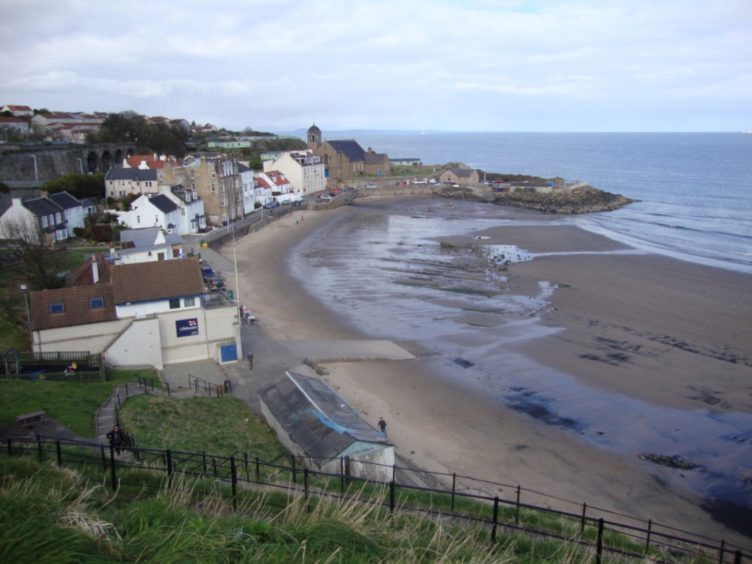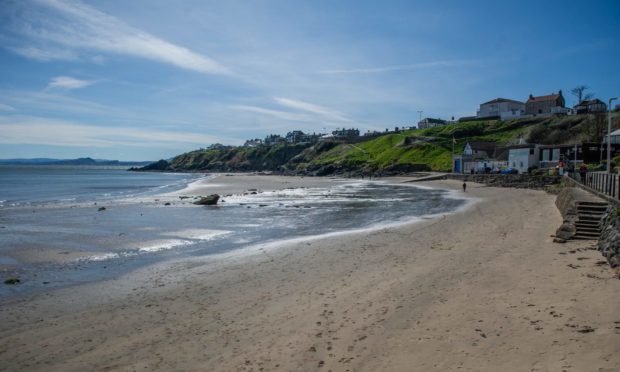Kinghorn Harbour beach has been labelled the UK’s ‘dirtiest’ but locals are unhappy with the criticism.
Environment watchdog Sepa recently gave the beach its best grading since 2015 and highlighted huge efforts to improve water quality.
So here are five ways Fife’s much-maligned beach is shaking off its unwanted ‘dirtiest in the UK’ tag.

1. Local volunteers
Local volunteers regularly turn out to clear the beach of plastic pollution and other debris.
Kinghorn Harbour Residents and Environmental Group organises clean-ups on behalf of the Marine Conservation Society.
Fife Coast and Countryside Trust, which manages the beach, also coordinates beach cleans.
The hard work has paid off. Keep Scotland Beautiful recently recognised the stretch of coastline in its beach awards.
Keep Scotland Beautiful described Kinghorn Harbour as a designated bathing water site which was an “excellent destination for families.”
2. ‘My Beach, Your Beach’
Kinghorn Harbour is part of the Keep Scotland Beautiful ‘My Beach, Your Beach‘ scheme.
The project raises awareness of issues including binning litter and cleaning up dog poo.
During last year’s campaign, the amount of litter at the beach dropped by three quarters.
3. Tackling sewage pollution
An older-style combined sewage pipe at Bleaching Hill to the north of Kinghorn was discharging human waste into Lady Burn during heavy rainfall.
Scottish Water spent £700,000 on a project to shut off the overflow and tackle what it described as a “key pollution source”.
But local residents are calling for even more investment.
Local Labour councillor Gordon Langlands said: “There is a very complex system of waterways including three burns, which flow through Kinghorn mainly as a result of its industrial heritage.
“These feed into older style combined sewers which can in some instances have capacity issues.”
4. Fixing leaky pipes
The major investment programme did not solve the sewage problem that contributed to the UK’s dirtiest beach tag.
The Lady Burn still had high bacteria readings in 2019.
Sepa discovered the contamination after analysing water samples.
Scottish Water identified the source to be a leak between the surface water and sewer networks.
Engineers repaired the leak in January 2019 and weeks later bacteria levels in the burn had fallen.
5. Warning signs
Sepa has installed an electronic sign at Kinghorn Harbour displaying daily water quality predictions.
Heavy rainfall can cause sewage to overflow or pollution from agricultural run-off. Water quality gets worse after bad weather.
The sign tells bathers when water quality is poor.
Sepa said the amount of bacteria in the bathing water at the beach had fallen.
Since 2020 water quality has improved from being ‘poor’ to a ‘sufficient’ rating.
A spokesperson said they had worked closely with Scottish Water to improve water quality.
“As a result, Sepa’s monitoring evidence showed a clear reduction in bacterial concentrations at the bathing water in 2019.”
